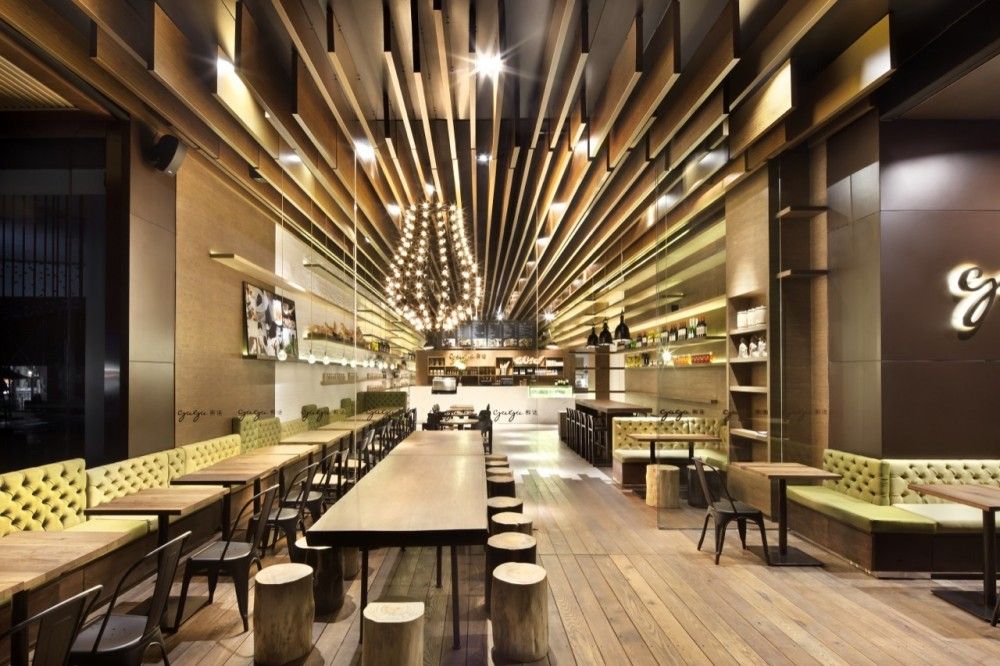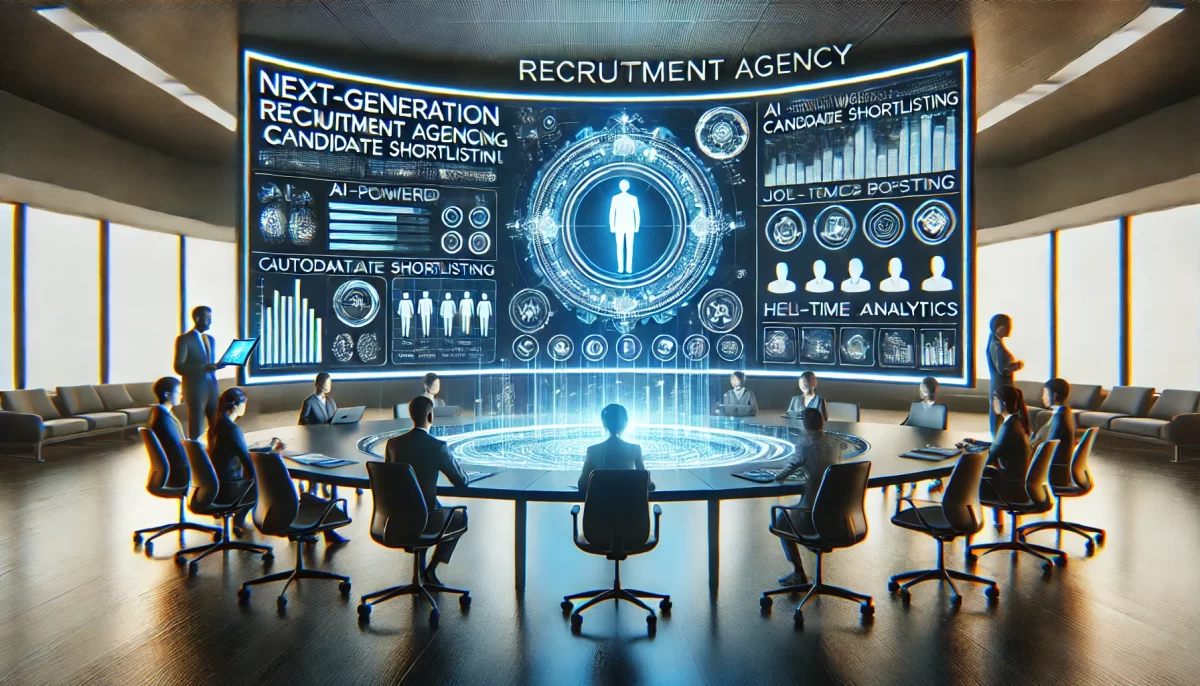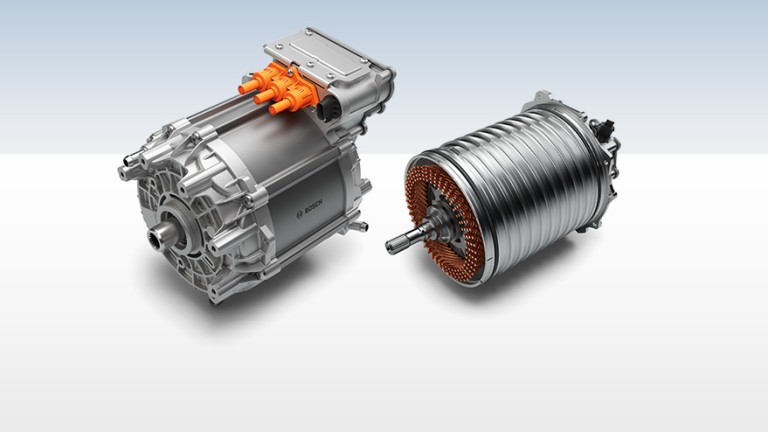Setting the Mood: Why Restaurant Interior Design Matters More Than You Think

When we talk about what makes a restaurant great, people often think of food first. But the experience of dining out goes beyond taste. How a place looks and feels has a powerful impact on customer satisfaction—and that’s where restaurant interior design plays a key role. From lighting to seating arrangements, every design choice helps shape the customer’s impression of the food, service, and overall atmosphere.
The First Impression Begins at the Door
The moment someone steps into a restaurant, the design sets the tone. It tells a story, whether it’s about elegance, comfort, creativity, or tradition. The layout, furniture, color palette, and music all come together to create a vibe that makes people want to stay. A well-designed entrance welcomes guests, while a poor one might leave them confused or underwhelmed.
Restaurants need to think about how customers move through the space. Can they easily find their table? Does the decor match the theme of the cuisine? These small yet important details build the overall identity of the restaurant.
How Design Impacts Dining Experience
Restaurant interior design isn’t just about aesthetics. It directly influences how customers feel while they eat. Warm lighting can make food look more appetizing, while hard seating might make guests leave sooner than they intended. On the other hand, a cozy, well-lit space with thoughtful touches like plant accents or textured walls can encourage diners to relax and enjoy the moment.
Design can also affect sound levels. A noisy restaurant can make conversation difficult, while a space with soft furnishings and smart acoustics can create a pleasant buzz. Everything from the flooring to the ceiling materials plays a role in managing noise levels, especially in busy spots.
Balancing Comfort and Efficiency
For restaurant owners, good interior design must strike a balance between customer comfort and business goals. A visually pleasing space should also be easy to clean, safe to move around in, and functional for staff. This is especially important in high-traffic areas like the kitchen pass, bar, or entrance.
Efficient design ensures that waitstaff can move quickly, that customers don’t feel cramped, and that lighting and ventilation are just right. This balance makes the restaurant enjoyable for both the people eating there and the people working behind the scenes.
Design Choices That Tell a Story
Every restaurant has a story to tell, and design is one of the best tools to express it. A sushi bar might use minimalist wooden finishes to echo Japanese simplicity. A rustic Italian restaurant may feature brick walls, vintage tiles, and warm, earthy tones. A trendy dessert café might include neon signs, pastel colors, and Instagrammable corners.
These design choices aren’t just for show. They connect the customer with the restaurant’s theme and enhance the menu experience. When decor and cuisine work in harmony, the dining experience becomes more immersive and memorable.
Why Branding Starts with Design
In today’s social media-driven world, a strong restaurant interior design can turn customers into brand ambassadors. A unique, eye-catching interior encourages people to take photos and share them online. That kind of organic marketing is invaluable for building brand awareness.
Design also helps with brand recognition. When customers walk into a familiar-looking space with signature colors, lighting, or artwork, they feel a connection. Whether it’s a cozy corner café or a sleek fine-dining chain, consistency in interior design builds trust and loyalty.
Investing in Long-Term Appeal
Trends in restaurant interiors come and go, but smart design stands the test of time. Instead of following every new style, successful restaurant owners focus on quality materials, flexible layouts, and timeless appeal. They plan for growth and change, knowing that the right foundation will support updates in menu, service, or branding in the future.
This approach also helps with cost control. Investing in durable furniture, neutral base colors, and versatile lighting saves money in the long run. When changes are needed—like seasonal decor or new table settings they can be added without a complete redesign.
The Role of Professionals in Design
Many restaurant owners turn to interior designers for help creating the right space. Designers bring technical knowledge and creative vision, helping owners avoid common mistakes and save time. They also work closely with architects, builders, and lighting experts to make sure the final space is both beautiful and functional.
A good designer considers everything from guest flow and lighting placement to theme consistency and future maintenance. Their goal is to bring the owner’s vision to life while creating a smooth and enjoyable experience for diners.
Conclusion
Restaurant interior design is not just about style, it’s a tool for storytelling, comfort, branding, and customer loyalty. A well-designed restaurant feels welcoming, enhances the food experience, and leaves guests wanting to return. It creates a space where memories are made and shared, both in person and online.
As the restaurant industry becomes more competitive, design has become a key differentiator. Owners who invest in thoughtful, purposeful interiors not only attract more customers but also create lasting impressions that go far beyond the plate. In the end, a great restaurant doesn’t just serve food, it serves a feeling. And that feeling starts with design.










